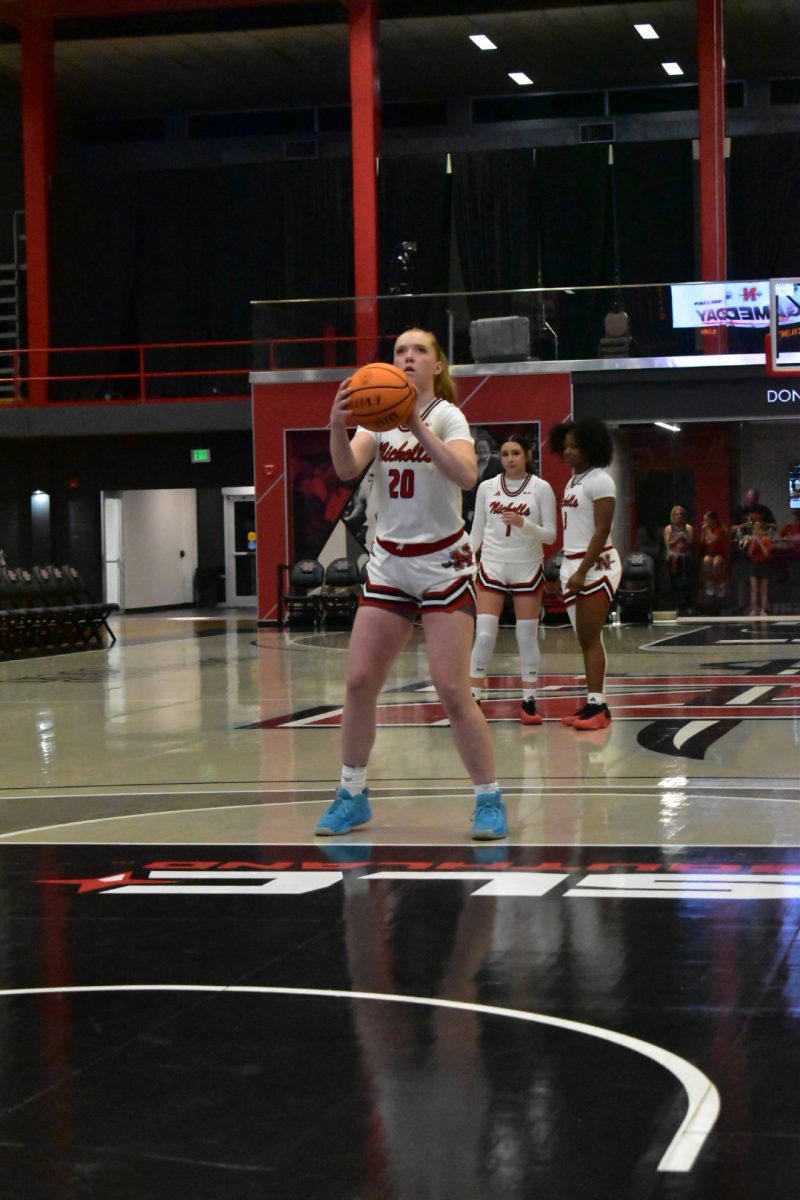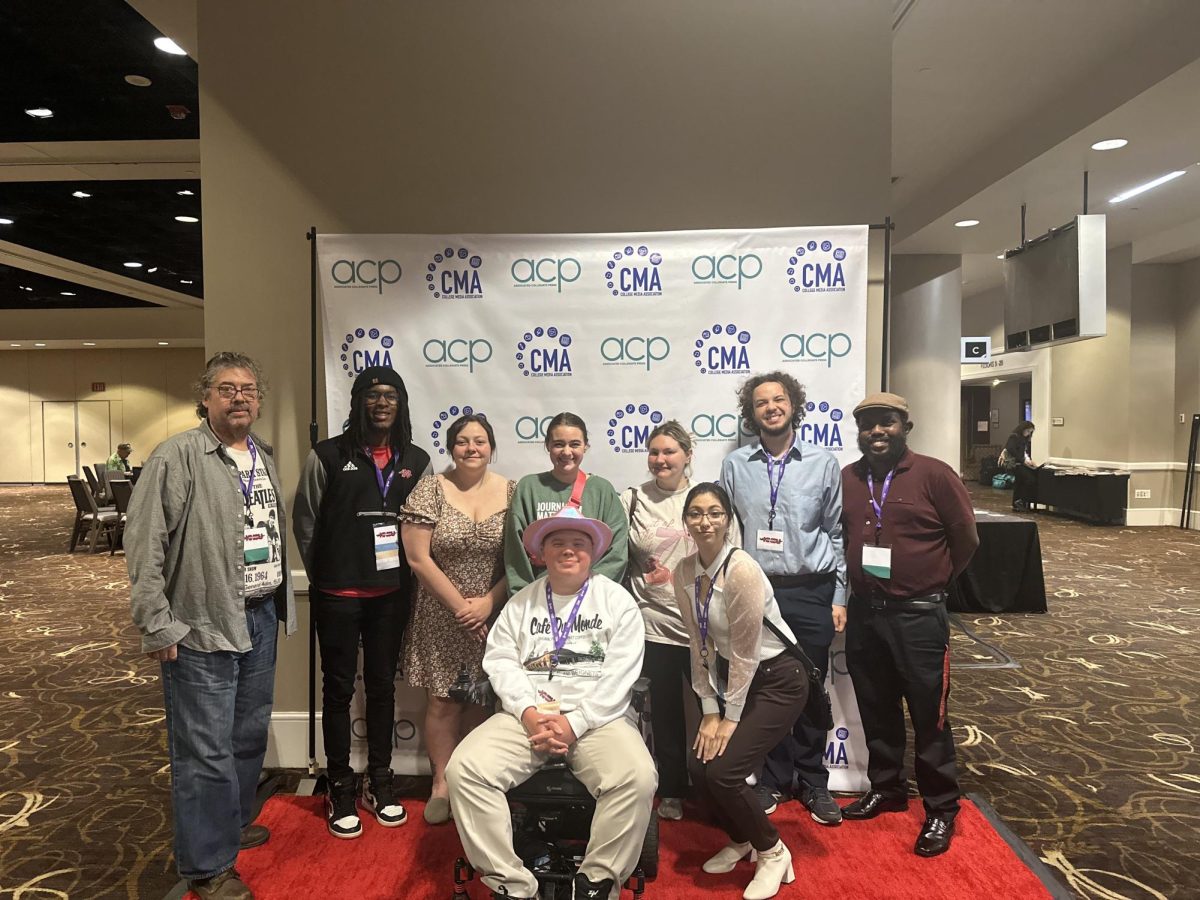Students now have more ways to cheat their way through school, with advancements in cell phone and computer technologies adding to the various ‘traditional’ methods of cheating that students have resorted to in the past. Though many schools have academic honesty programs in place, like honor codes, some students now look to technology for modern cheating methods.
Although technology has brought about a new wave of academic dishonesties, traditional methods of cheating are still prevalent in schools and universities. Passing around previous test papers, taking pre-written essays into tests and bringing notes into examinations are all still techniques students use.
The evolution of cell phones from large, strictly verbal communication devices, to palm-sized, multi-functional gadgets, has given students a new array of cheating options. Built-in cameras, text messaging capabilities and Internet connectivity are all functions of cell phones that students use to cheat in exams.
Last June, a study by Common Sense Media on academic dishonesties found that 35 percent of students surveyed used a cell phone under test conditions to cheat. Students admitted to using them for storing information to retrieve in tests, text messaging answers to friends during tests, taking photos of test papers and searching the Internet for answers to questions during a test.
Common Sense Media, a non-profit organization devoted to improving the impact of media and entertainment on children and families, commissioned the Benenson Strategy Group to survey 2,015 high school students and parents across the United States.
James Steyer, Common Sense Media CEO and founder, believes the further technologies like cell phones advance, the more options students will have at their disposal. “The unintended consequence of these versatile technologies is that they’ve made cheating easier,” Steyer said. “Cell phones have been a real game-changer for education and have opened up many avenues for collaboration, creation and communication.”
However, more disturbing than the issue of cell phone cheating may be the number of students who believe they are not breaching the rules. When asked to indicate whether they felt using their cell phones under test conditions to retrieve stored information was a serious cheating offense, or not cheating at all, almost 25 percent of the 1,013 students surveyed said that it was not cheating at all. Likewise, when asked if text messaging a classmate the answer to a question during a test was a serious form of cheating, only 45 percent agreed.
Rutgers University professor Donald McCabe, who has studied the cheating culture in high schools and universities for nearly two decades, said he believes students are trying to convince themselves their cheating is not wrong. “Students today find it so much easier to rationalize their cheating,” McCabe said. “There is very little that’s considered serious.”
McCabe, also the founder of the Duke University Center for Academic Integrity, has surveyed more than 100,000 college students since he began his research into academic dishonesty in 1990.
Like cell phones, the development of the Internet and the dependence students and teachers have on it has made cheating using the “super-information highway” a common practice. However, it is more than the basic copying-and-pasting of information or purchasing of online essays that has found its way into classrooms.
In recent years, there have been numerous cases of high school and college students hacking into administrative and teacher computers to change their grades. However, unlike being caught cheating off the person next to you or writing the answers to a quiz on your desk, being caught manipulating private records comes with a harsher penalty.
Last year, 18-year-old Tesoro High School student Omar Khan was arrested on 69 counts of altering and stealing public records, computer fraud, burglary, identity theft and conspiracy. He allegedly he used teacher passwords to hack into administrative computers to change his grades and those of 12 other students. If found guilty, Khan faces a maximum of 38 years in prison.
In a similar case, a Florida A&M University student was recently sentenced to 22 months in federal prison for his breach of school computers. Christopher Jacquette was sentenced on counts of aggravated identity theft, unauthorized access of a protected computer and conspiracy to commit wire fraud when he tried to change the grades of about 90 Florida A&M University students in 2007.
Jacquette worked with two other students to install keystroke loggers on computers in the registrar’s office. With the loggers installed on the administrative computers, Jacquette was able to monitor the user names and passwords of those using the computers and eventually use them to log into secure networks.
Though the evolution of technology has provided students with new methods of cheating, students worldwide still resort to traditional cheating practices to make the grade.
An article published in 2008 by Scottish newspaper “The Scotsman” reported that the number of cases of Scottish students who cheated by taking copied information or notes into tests went up, while the number of cell phone-related academic dishonesties dropped.
Last year, there were 166 reported cases of students taking test material into exam rooms compared with 146 the previous year, while the number of cases of mobile phones used in cheating fell from 126 to 115. The figures came from the Scottish Qualifications Authority, Scotland’s school accreditation board, and applied to the 2006-2007 academic years.
Similarly, Middle Eastern publication “Gulf News” reported that traditional cheating methods are still being utilized by students throughout Dubai. Siham Al Najami, staff writer for the United Arab Emirates newspaper, reported that conventional methods such as “writing notes on the arm before the test and covering it under long-sleeved shirts” and “passing notes” are still practiced.
Najami also mentioned that schools in the Middle East face the additional problem of female students bringing objects like notes and cellular phones into examinations under their Shaila, or headscarf.







